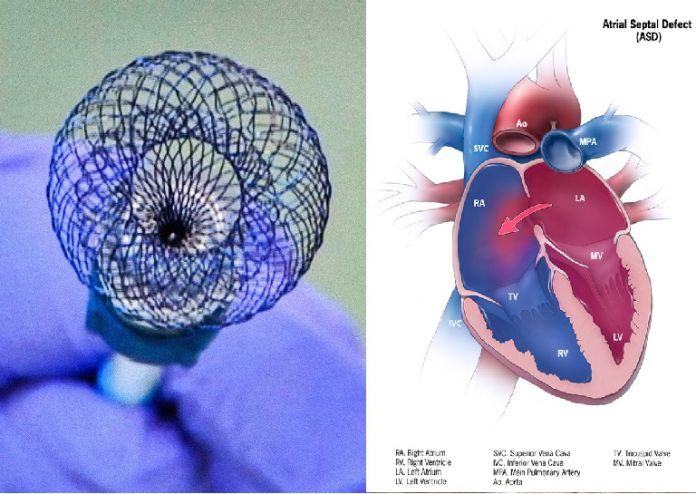Almost every 100 children are born with some type of heart problems. So, most doctors use major surgeries to diagnose. Dr. Franz Freudenthal recently implemented a new technique to mend holes in hearts using a non-surgical procedure. The technique uses a device fed through the body via natural body channels.
According to analysis, there are about 10 infants are struggling with heart problems. This technique offers hope to those by being the simplest solution.
In the womb, a fetus depends on the umbilical cord as a lifeline. The umbilical cord connects the fetus directly to the mother’s placenta. The placenta provides an area to exchange waste of nutrients and oxygenated blood for the fetus.
Although, the cord consist of three main channels: two arteries and one vein. The vein connects to the hepatic portal vein in the liver whereas the other two arteries connect directly to the heart through the inferior vena cava.
During the birth period, the cord must detach and the hole where the cord artery connects to the heart must close. If it doesn’t, the hole remains same. Infants which suffer this heart problem might even struggle to breathe. Sometimes small holes may heal by themselves. But still, major surgery is often required to fix holes with a larger diameter.
How does this technique heal heart problems?
This technique enables doctors to close the hole using non-surgical options. It uses a device to feed through the body via natural body channels. The shape-memory alloy molds to fill the space. The device is then disposed of through the catheter where it blimps outward into an umbrella shape. Then it pulled tight where a secondary section blimps out on the internal side of the heart wall. The two opposing umbrella structures compress the heart wall. Thus, it permanently covers the hole without the need for surgery.
The overall procedure takes only of 30 minutes.
Freudenthal said, “Once the device is in place, the patient is 100 percent healed.”
“That’s very rewarding from the medical and human point of view. We are so proud that some of our former patients are part of our team. Thanks to added close interaction with patients that work with us. Together, we have only one idea: the best solutions need to be simple. We lost the fear of creating something new,” he continued.

